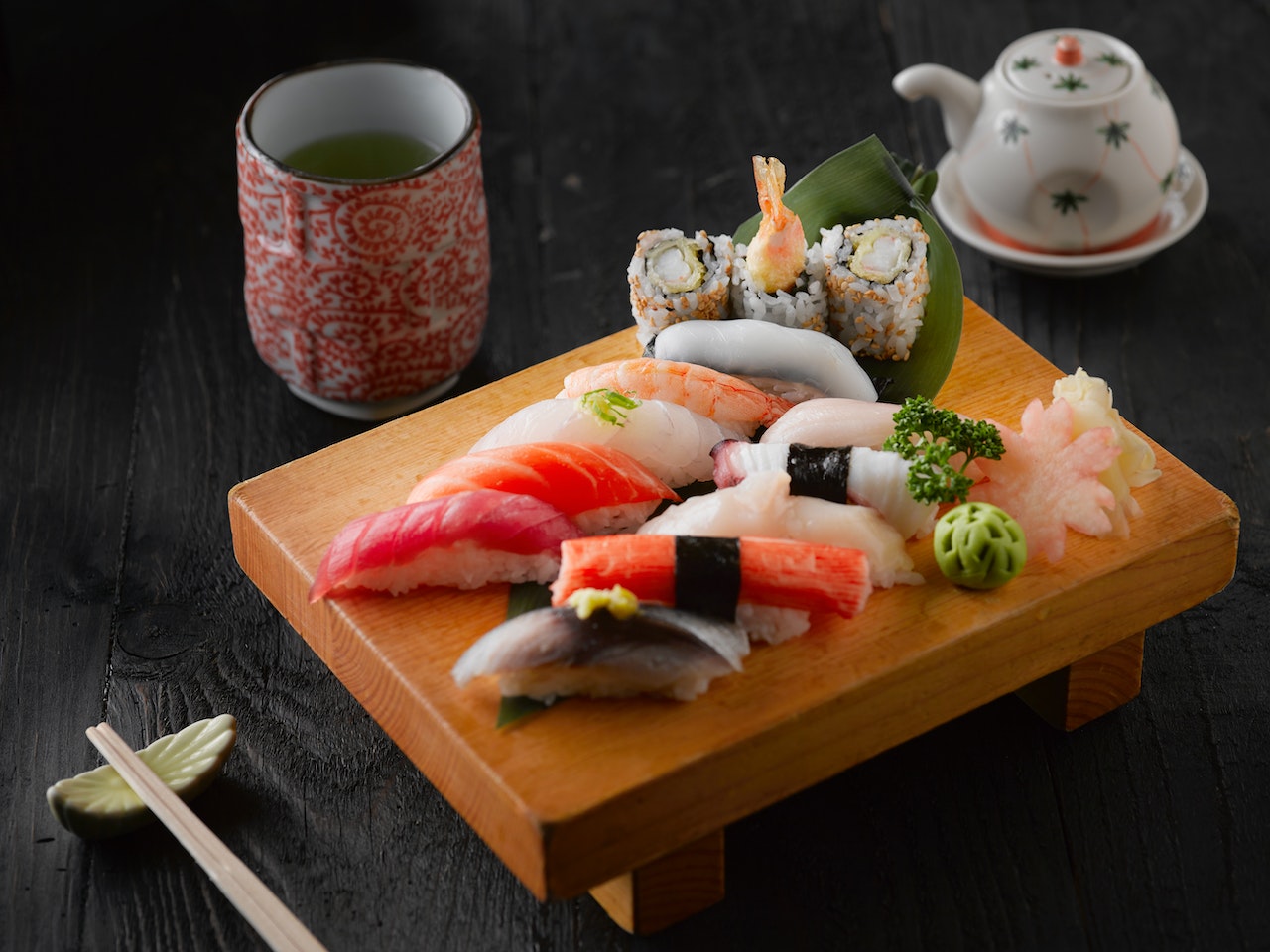History of sushi and rolls

Sushi is a traditional Japanese dish. It is believed that sushi was first created in Southeast Asia as a way of preserving fish by packing it with cooked rice and other ingredients. History of sushi start from 8th century, sushi had been introduced to Japan and developed into an art form. The original type of sushi was known as Narezushi, or fermented sushi. This type of sushi was made by fermenting salted fish and rice together in a box for several months.
The style of sushi that is most commonly associated with the dish today is known as Edomae-zushi, which originated in Tokyo during the mid-19th century.
How “classic sushi” was formed?
Classic sushi was formed in the mid-19th century in Tokyo. It is believed to have been inspired by the already existing Narezushi, a traditional method of preserving fish by packing it with cooked rice and other ingredients. This technique had been introduced to Japan from Southeast Asia prior to this time.
The classic style of sushi, known as Edomae-zushi, featured fish or seafood on top of vinegared rice. This sushi is served with a variety of accompaniments such as ginger, wasabi and soy sauce. The name “Edomae” comes from the fact that this sushi style originally only used ingredients found in Tokyo Bay.
Sushi served with cheap soy sauce
Cheap sushi soy sauce is often used with sushi in order to provide a saltier flavor. Soy sauce is an important part of the traditional Japanese sushi experience, and many consider it an integral accompaniment. Originally, only the highest-grade soy sauces were used for sushi, but today cheaper versions are commonly used as well.
The difference between the high-grade and cheap soy sauces lies mainly in the flavor. The cheaper versions tend to be more salty and acidic, while the higher grade ones have a richer, slightly sweet taste. Cheap soy sauce is often used when preparing sushi rolls as it provides an accessible, budget-friendly option for those on a tight budget.
The background of the rolls named nori
Nori is a type of seaweed that is used to wrap sushi rolls. Nori history starts with Japanese 8th century. Nori was originally eaten in its dried form as a snack or side dish to accompany meals, but it wasn’t until the mid-19th century that it began to be used in sushi rolls.
Nori is made by harvesting seaweed, washing and cleaning it thoroughly, then pressing the seaweed into thin sheets. The sheets are then dried and become brittle – they are ready to be eaten after rehydration with water. Nori has a mild flavor and can be cooked or eaten raw. It provides a nice contrast to the flavor of sushi and helps make it easier to handle due to its strong structure. Nori is an important part of many classic sushi rolls such as California, maki, temaki and uramaki. Today, nori is also used in salads, soups, snacks and even desserts.
How sushi and rolls became a trendy international dish?
Sushi and rolls became a trendy international dish due to the influence of Japanese restaurants. After World War II, Japanese immigrants opened up numerous sushi restaurants all over the world, introducing diners to the traditional flavors of Japan. The popularity of sushi also spread through word-of mouth, as travelers from different countries returned home with tales of their delicious culinary experiences.
In the 1980s, sushi began to gain international recognition and soon became a common sight on menus across the globe. This was further amplified by the rise of Japanese cuisine in Western countries, which sparked an interest in Japanese food culture and subsequently allowed sushi to become a trendy dish worldwide.
Our conclusion
Sushi has come a long way from its traditional origins to become a trendy international dish. Its popularity is due to the introduction and spread of Japanese restaurants, as well as the increased interest in Japanese cuisine in Western countries. The classic sushi style featured fish or seafood on top of vinegared rice, served with accompaniments such as ginger, wasabi, and soy sauce. Cheap soy sauce is often used as it is a budget-friendly option for those on a tight budget. Nori seaweed is used to wrap sushi rolls and provides a nice contrast in flavor. All of these elements combine to create the classic culinary experience that we know today as sushi.
